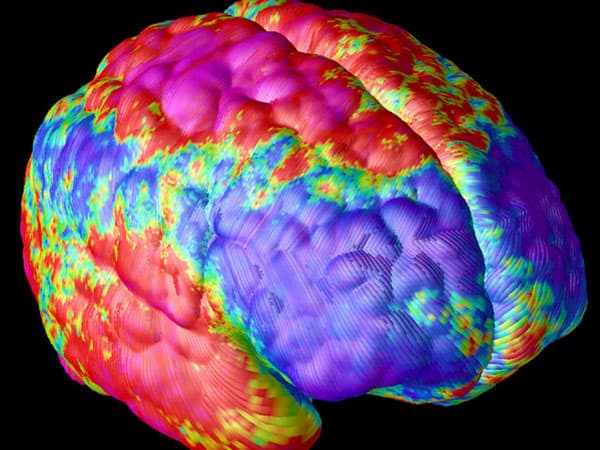Washington: In a recent study, researchers have discovered 104 high-risk genes for schizophrenia, by using computational ‘framework’.
The research which was reported in the journal Nature Neuroscience supports the view that schizophrenia is a developmental disease, one which potentially can be detected and treated even before the onset of symptoms.
“This framework opens the door for several (research) directions,” said the paper’s senior author, Bingshan Li.
One direction is to determine whether drugs already approved for other, unrelated diseases could be ‘repurposed’ to improve the treatment of schizophrenia. Another is to find in which cell types in the brain these genes are active along the development trajectory.
Ultimately, Li said, “I think we will have a better understanding of how prenatally these genes predispose risk and that will give us a hint of how to potentially develop intervention strategies. It’s an ambitious goal but by understanding the mechanism, drug development could be more targeted.”
Schizophrenia is a chronic, severe mental disorder characterized by hallucinations and delusions, ‘flat’ emotional expression and cognitive difficulties.
Symptoms usually start between the ages of 16 and 30. Antipsychotic medications can relieve symptoms but there is no cure for the disease.
Genetics plays a major role. While schizophrenia occurs in one percent of the population, the risk rises sharply to 50 percent for a person whose identical twin has the disease.
Recent genome-wide association studies (GWAS) have identified more than 100 loci, or fixed positions on different chromosomes, associated with schizophrenia. That may not be where high-risk genes are located, however. The loci could be regulating the activity of the genes at a distance, nearby or very far away.
To solve the problem Li, with first authors Rui Chen and research fellow Quan Wang developed a computational ‘framework’ they called the Integrative Risk Genes Selector.
The framework pulled the top genes from previously reported loci based on their cumulative supporting evidence from multi-dimensional genomics data, as well as gene networks.
Which genes have high rates of mutation? Which are expressed in prenatally? These are the kind of questions a genetic ‘detective’ might ask to identify and narrow the list of ‘suspects’.
The result was a list of 104 high-risk genes, some of which encode proteins targeted in other diseases by drugs already on the market. One gene is suspected in the development of autism spectrum disorder. “Schizophrenia and autism have shared genetics,” Chen said.
Much work remains to be done. But, said Chen, “our framework can push GWAS a step forward to further identify genes.” It also could be employed to help track down genetic suspects in other complex diseases.
[source_without_link]ANI[/source_without_link]

